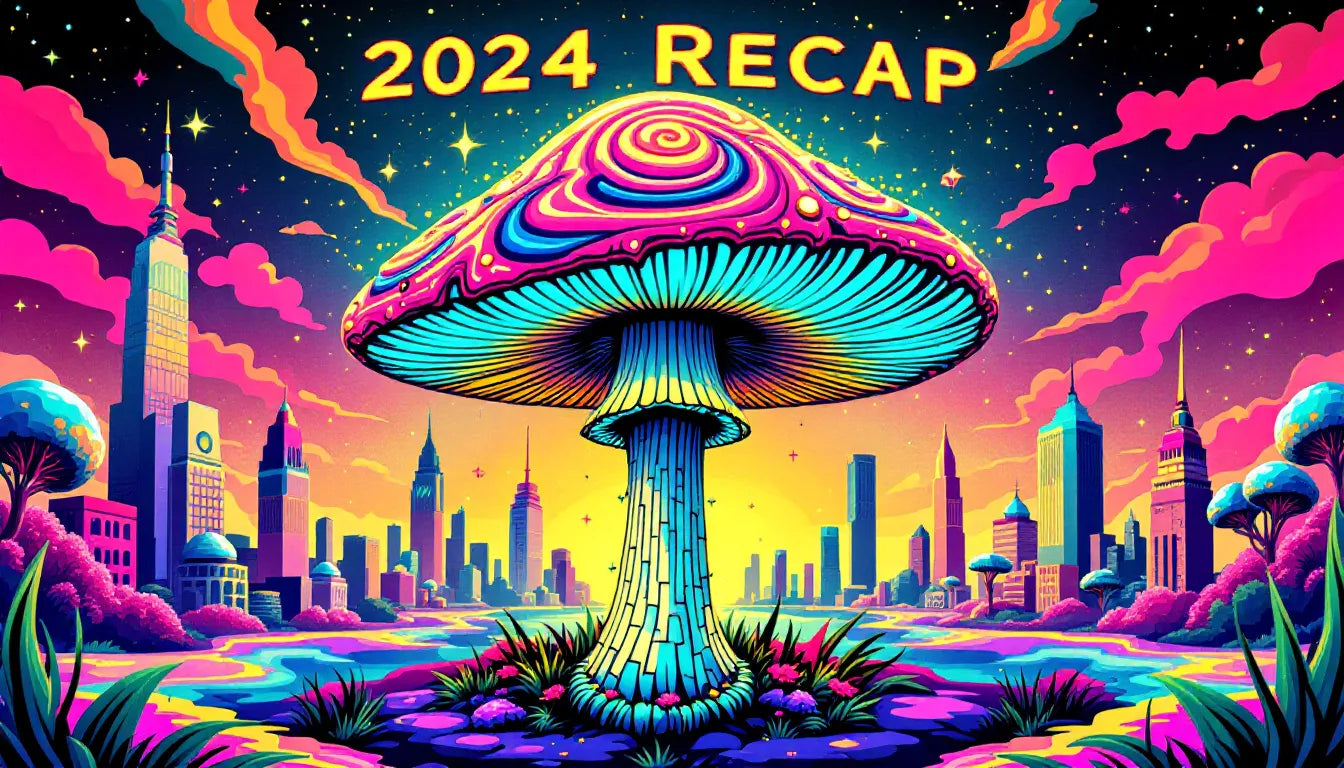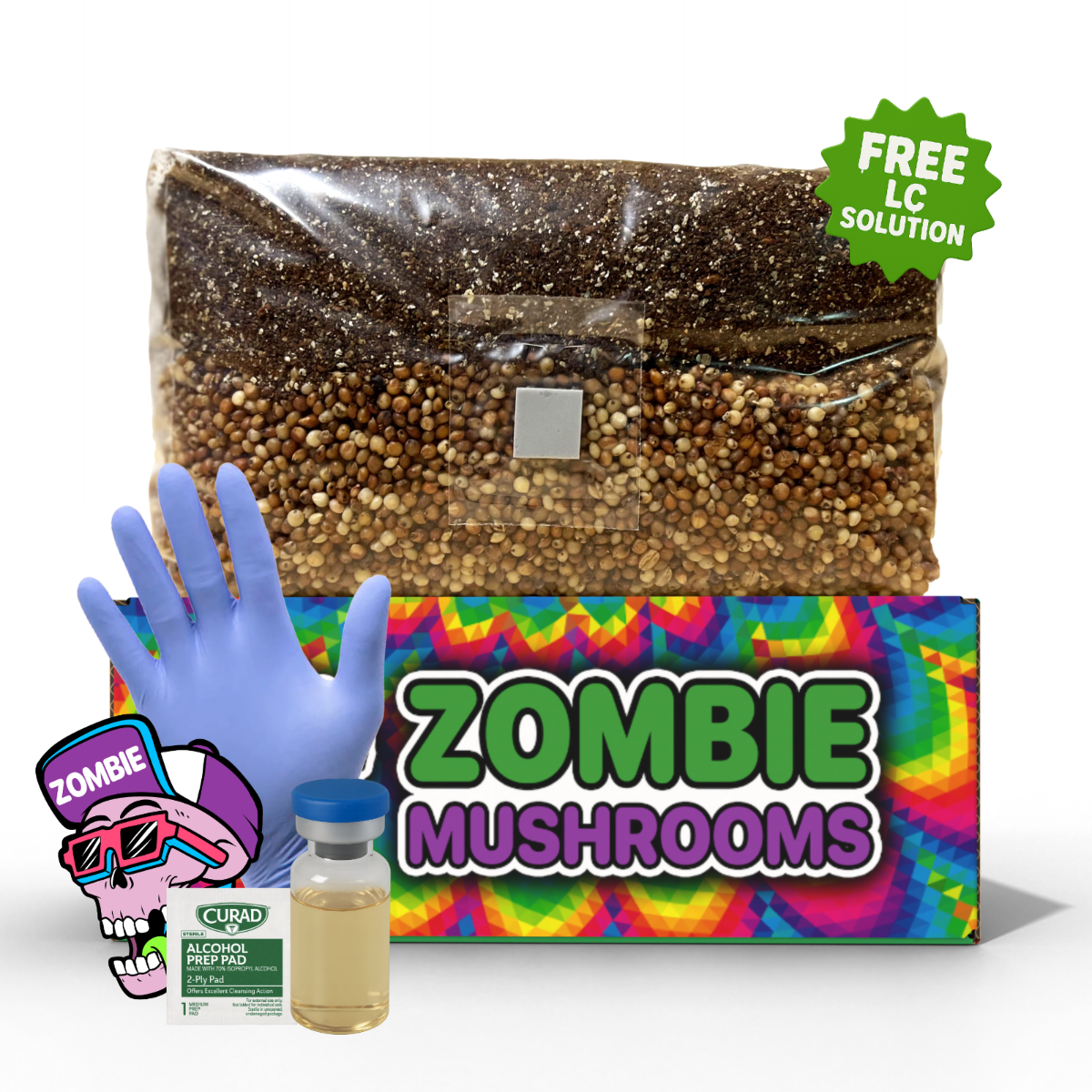- 📉 Psychedelic funding in 2024 hit an all-time low, with $0 million raised across private and public companies.
- 🏛️ Regulatory uncertainty and economic downturns contributed to decreased investor confidence in the psychedelics market.
- 📉 Publicly traded psychedelic stocks faced declines due to slower-than-expected psychedelic investments and drug approvals.
- 🤝 Mergers and acquisitions became a survival strategy for smaller psychedelic companies struggling with financial instability.
- 🔮 Experts predict a potential funding rebound in 2025, contingent on regulatory progress and clinical successes.

The psychedelics market faced an uncertain financial landscape in 2024, with drastic declines in psychedelic funding, weak stock performance, and industry-wide consolidation. As enthusiasm for psychedelic investments waned, companies struggled to raise necessary capital, forcing many to adapt through mergers or downsizing. This article breaks down the key trends, investor sentiment, funding challenges, and predictions for 2025 in the psychedelic industry.

Total Psychedelic Funding Raised in 2024
The total psychedelic funding raised in 2024 reached an unprecedented low of $0 million across both private and public sectors (Psychedelic Alpha, 2024). This marks a stark contrast to previous years when the industry experienced a funding boom driven by increased interest in mental health treatments.
Investor enthusiasm dampened due to:
- Regulatory roadblocks delaying drug approvals.
- Macroeconomic pressures, including inflation and interest rate hikes, reducing available capital.
- Shifts in investor priorities, with many focusing on more established biotech sectors.
As a result, both early-stage psychedelic startups and established public companies faced difficulty raising funds, leading to an overall stagnation in financial activity.

Quarterly Fundraising Activity in Psychedelics
Quarterly trends in psychedelic investments reflected a continuous downturn throughout the year. While early 2024 had some optimism due to pending clinical trials and legislative discussions, the momentum quickly faded.
Q1 2024:
- Some optimism remained from regulatory discussions in late 2023.
- A handful of companies still pursued funding, though most struggled to secure commitments.
Q2 2024:
- Investors became increasingly cautious amid economic downturns and a slowdown in biotech funding overall.
- Psychedelic-focused venture funds reallocated capital toward other healthcare sectors.
Q3 2024:
- A near-complete halt in funding rounds for psychedelic startups.
- Many companies began considering survival strategies such as mergers or cost-cutting measures.
Q4 2024:
- By the end of the year, no significant psychedelic funding deals were recorded.
- The industry saw a growing focus on alternative funding models, including partnerships with pharmaceutical giants.
These quarterly trends show an industry struggling with external financial pressures and internal regulatory delays, leading to a dry pipeline for new investments.

Private Psychedelic Company Investment Rounds
In 2024, psychedelic startups found it almost impossible to secure venture capital funding. Unlike previous years, where private investors eagerly backed research-driven biotech companies, 2024 saw a sharp decline.
Key reasons behind this drop:
- Investor skepticism: Many questioned whether psychedelics would reach widespread legalization and commercial viability.
- High risk, low return: The regulatory approval process for psychedelic therapies remains long and expensive, deterring investors looking for quicker returns.
- Market corrections: After an initial psychedelic boom in 2020-2022, the market adjusted as early expectations of rapid legalization failed to materialize.
Despite these challenges, some private companies attempted to pivot towards alternative funding models, such as government research grants, licensing agreements, and partnerships with established biotech firms.

Psychedelics in Public Markets: Stock Performance & Trends
The public psychedelics market struggled as investor confidence decreased and stock values declined. Psychedelic companies listed on stock exchanges such as NASDAQ and the Canadian Securities Exchange experienced significant drops in market capitalization, primarily due to:
- Lower-than-expected clinical trial progress, discouraging speculative investment.
- Investor fatigue, as initial hype about psychedelics failed to translate into consistent commercial success.
- Limited M&A activity, leaving struggling companies without financial lifelines.
Notably, many retail investors who had previously fueled psychedelic stocks in their early days exited the market, further exacerbating the downturn.

Public Psychedelic Companies with the Highest Market Cap
Despite the challenges, a few publicly traded psychedelic companies retained a substantial portion of their market capitalization, mostly due to having drugs in advanced-stage clinical trials or diversified revenue streams. Some of these companies included:
- Leading biotech firms focusing on synthetic psychedelics or patented drug delivery methods.
- Companies with strong institutional backing, particularly those in direct collaboration with major pharmaceutical brands.
- Well-capitalized firms that avoided risky expansions and maintained financial discipline.
Smaller public psychedelic firms, however, struggled to maintain their listings, with some being delisted due to non-compliance with financial reporting standards.

M&A and Partnerships in Psychedelics
With traditional psychedelic funding drying up, mergers and acquisitions (M&A) became a critical strategy for struggling companies. Major trends included:
- Large pharmaceutical companies acquiring smaller psychedelic startups to incorporate psychedelic research into their existing drug portfolios.
- Struggling psychedelic firms merging to pool resources and reduce costs.
- Strategic partnerships between biomedical research institutes and psychedelic companies to secure alternative funding pathways.
This wave of consolidation suggests the long-term survival of the psychedelic industry may depend on established pharmaceutical players absorbing smaller, research-driven firms.

Regulatory and Legal Impact on Funding and Investments
Regulatory uncertainty played a major role in deterring psychedelic funding throughout 2024. Some key factors included:
- FDA hesitation: The lack of swift FDA approvals for psychedelic-assisted therapy discouraged pharmaceutical investments.
- State-level legalization inconsistencies: While some U.S. states advanced laws supporting medical psychedelics, others imposed new restrictions, confusing investors.
- Global policy shifts: Countries like Canada and Australia showed more openness toward psychedelics, making them emerging hotspots for psychedelic biotech investment.
Until clearer pathways for legalization and commercialization emerge, funding challenges in the psychedelic sector may persist.

Predictions for 2025: What’s Next for Psychedelic Investments?
Despite a stagnant 2024, industry analysts foresee potential opportunities for psychedelic funding in 2025, under certain conditions:
- Regulatory clarity—If the FDA or other major regulatory bodies approve key psychedelic therapies, investor confidence may rebound.
- Clinical breakthroughs—Any major biotech success in proving psychedelic treatment efficacy could reignite interest.
- Large-scale partnerships—More pharmaceutical companies might enter the psychedelic space, providing financial stability.
- Diversified investment models—Companies may seek funding through alternative means, such as private equity or government-backed grants.
While risks remain, there’s hope for a gradual recovery if external conditions become more favorable.
Conclusion: The State of Psychedelic Funding Moving Forward
The psychedelics market faced severe financial hurdles in 2024, with psychedelic funding reaching historic lows and investment confidence tumbling. However, psychedelic investments may bounce back in 2025, particularly if regulatory progress accelerates, clinical trials show success, and strategic partnerships bring fresh capital into the industry. For investors, carefully tracking legal developments, M&A activity, and funding trends will be key to identifying future opportunities in this space.
FAQ's
How much was raised in total psychedelic funding in 2024?
Total psychedelic funding in 2024 was $0 million, marking a sharp decline (Psychedelic Alpha, 2024).
How did funding compare to previous years?
2024 saw significantly less investment than previous years, reflecting lower investor confidence and economic uncertainties.
What trends emerged in private psychedelics company investment rounds?
Private industry funding dried up, with fewer venture capital investments and increased difficulties in securing financial backing.
How did psychedelics in the public markets perform?
Public psychedelic companies struggled in 2024, facing stock volatility and lower investor interest.
Which psychedelic companies have the highest market cap?
Leading psychedelic companies maintained high market capitalizations, with rankings fluctuating due to financial instability.
What were the major M&A (mergers and acquisitions) deals in 2024?
Larger pharmaceutical companies absorbed smaller psychedelics firms, consolidating the industry amidst the funding downturn.
How do these investment trends impact the future of psychedelic research and business in 2025?
Investment in psychedelic research and business may recover in 2025, but only if regulatory progress and clinical advancements improve investor confidence.



